
What's local dimming?
What's local dimming?

Behind the screen of an LCD TV, there are small lights that produce a lot of light. As a result, the television displays a bright image. The disadvantage is that the dark parts of the screen are also illuminated, so that black images appear rather dark gray. If this is not what you want, local dimming is a solution for you. This technology ensures that the lights are dimmed or completely turned off at specific moments. This way, a dark scene looks extra realistic.
Types of local dimming
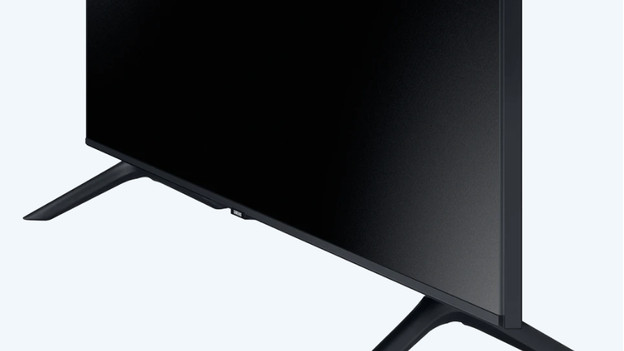
Since local dimming is continuously being improved, there are a couple of different versions at the moment. More affordable TVs usually have edge or backlit local dimming, while more expensive TVs have full array local dimming or mini LED. Though all techniques improve the black levels, they come with certain disadvantages too.
Mini-LED
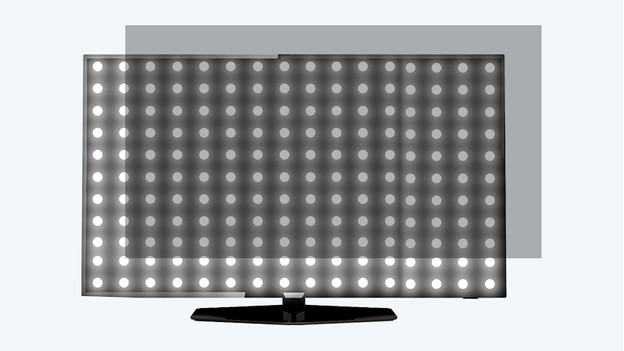
Mini LED is the best and latest version of local dimming. A television with mini LED is lit by thousands of tiny LED lights that light up or dim individually. For the dark parts of the screen, the lights dim or go out completely. With bright images, the LED lights shine brightly. That way, the TV adjusts the backlight very accurately and the images get strong contrasts. You also won't see a glow surrounding bright objects against a dark background, like a bright moon in a dark night sky.
Full array
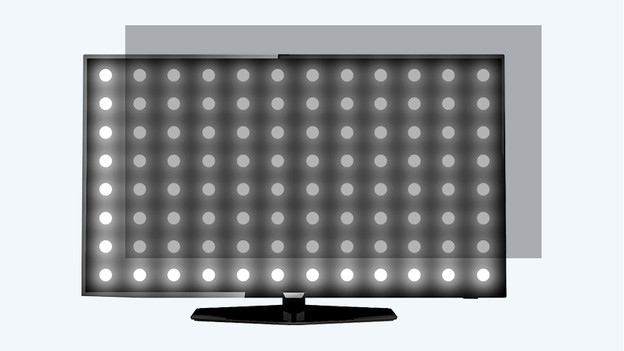
Full array is similar to mini LED, but it has less tiny LED lights. There are hundreds of zones behind the screen that can be dimmed individually. That way, the dark parts are extra dark, while the bright parts remain bright. This powerful contrast is clearly visible during a scene of a starry sky. The stars will shine brightly in the black sky, surrounded by a faint glow. This technology requires more spaces than other versions. As a result, full array TVs are often slightly thicker.
Backlit
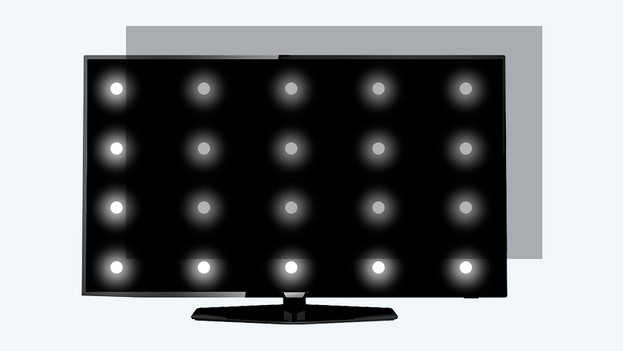
``This technique is similar to full array local dimming, but consists of much fewer lamps. The screen of a backlit television has 4 to 12 zones that usually light up or dim at the same time. You can clearly see the difference with full array local dimming during the aforementioned scene of a starry sky. Backlit TVs register that most of the image is dark, so they dim all the lights. As a result, the sky is deep black, but the stars shine less brightly.
Edge lit
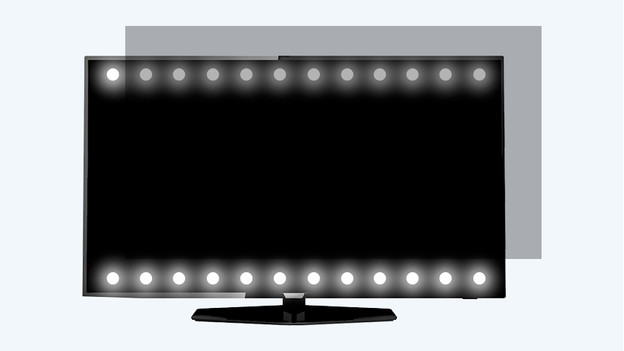
Most TVs with local dimming have the edge lit version. With this technique, the lights are only placed around the edges of the television. That means the screens can remain thin. The disadvantage is that the lights have to shine extra brightly to illuminate the center of the screen. This sometimes causes distortions in the image. For example, light spots that appear at the bottom, top, or side of the screen.
Self-emitting (OLED)
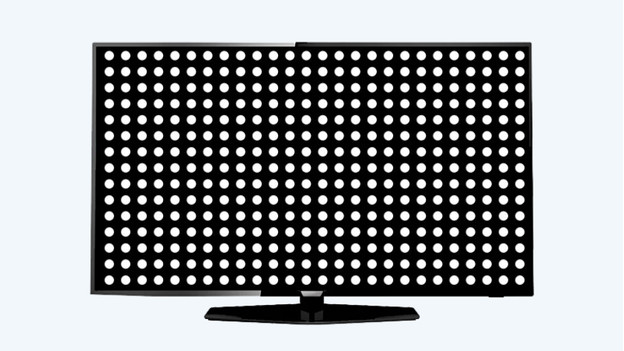
OLED TVs don't have backlight, but 'self-emitting' pixels that light up individually or become completely dark. This way, black images are truly black without affecting the clear parts. A self-emitting screen provides the strongest contrast between dark and light images.


